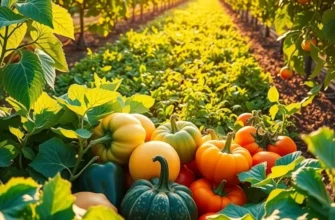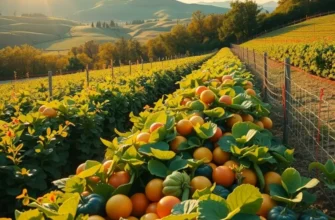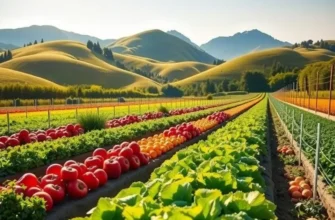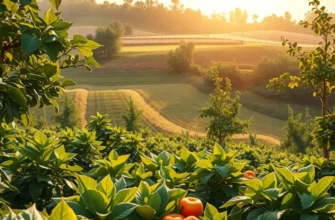Embracing seasonal eating not only enhances our health but also supports environmental sustainability. By aligning our diets with the natural rhythms of the earth, we can reduce carbon footprints, support local economies, and foster biodiversity. This approach encourages the consumption of fresh, nutrient-rich foods while diminishing the reliance on imported goods, which often require extensive resources for transportation and storage. Let’s explore how seasonal eating can be a practical and impactful choice for environmentally-conscious individuals.
Understanding Seasonal Eating
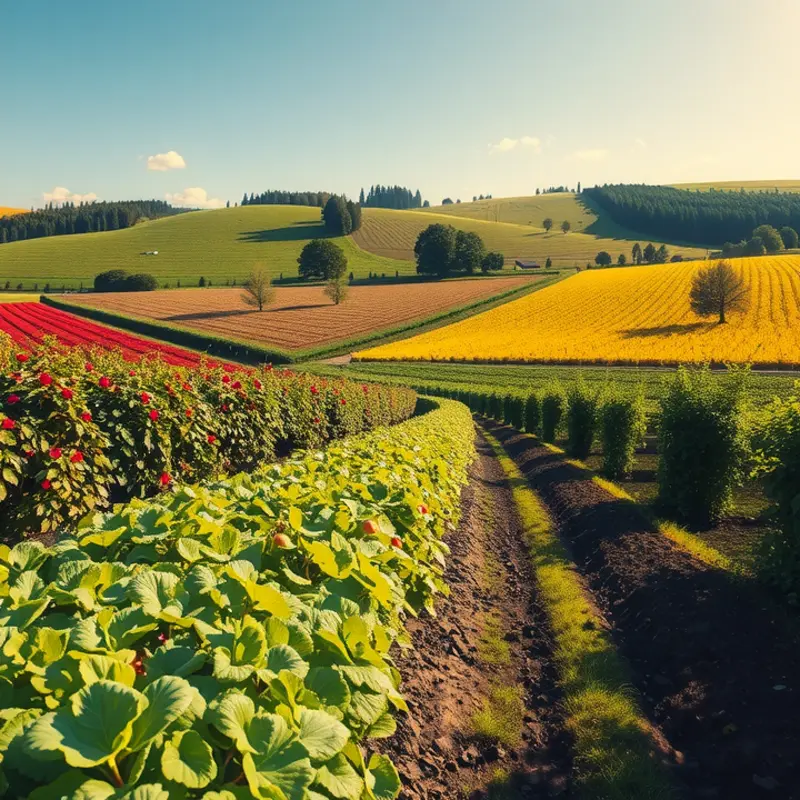
Seasonal eating is not just a trend; it’s a return to a way of life that aligns with nature’s cycles. It’s about consuming produce that grows naturally during particular times of the year in your local region. This practice offers numerous benefits, particularly in supporting sustainability.
Firstly, when you choose seasonal produce, you reduce the environmental impact associated with food transportation. Many items are often shipped over long distances, significantly contributing to carbon emissions. By eating what’s in season locally, you eliminate the need for such lengthy transportation, thus helping to cut down on greenhouse gases.
Beyond environmental benefits, the quality of produce improves when it’s consumed in season. Fruits and vegetables don’t just ripen better in their natural cycle; they also maintain their nutritional integrity. Seasonal produce is often fresher, with superior taste and texture compared to their off-season counterparts. Imagine the difference between a tomato plucked ripe and juicy in summer versus one forced to grow during the chill of winter.
Supporting local farmers is another compelling reason to adopt seasonal eating. By opting for what’s in season and locally farmed, you contribute directly to your regional economy. This support helps farmers maintain diverse crops, preserving agricultural biodiversity—a crucial factor in a sustainable food system. Biodiversity isn’t just an aesthetic value; it’s an insurance policy against disease and changing landscapes.
To practice seasonal eating effectively, you need to know how to identify in-season produce. A farmer’s market is an excellent place to start, as it stocks what’s currently available. Alternatively, many grocery stores label products with their origin and whether they’re in season, providing valuable information to make informed choices.
Why should all this matter to the sustainability-conscious consumer? It’s part of a broader movement towards sustainable living, where our choices in food—such a fundamental part of life—reflect our commitment to the planet. Seasonal eating coexists with less waste in other aspects of food preparation and storage. For tips on reducing waste, be sure to check out safer storage methods for sauces.
By making a conscious decision to focus on seasonal produce, you get to enjoy better flavors and contribute to a healthier planet. It’s a lifestyle change that aligns personal health with planetary wellbeing, making it a powerful choice for anyone looking to make a difference in daily life.
Practical Tips for Implementing Seasonal Eating
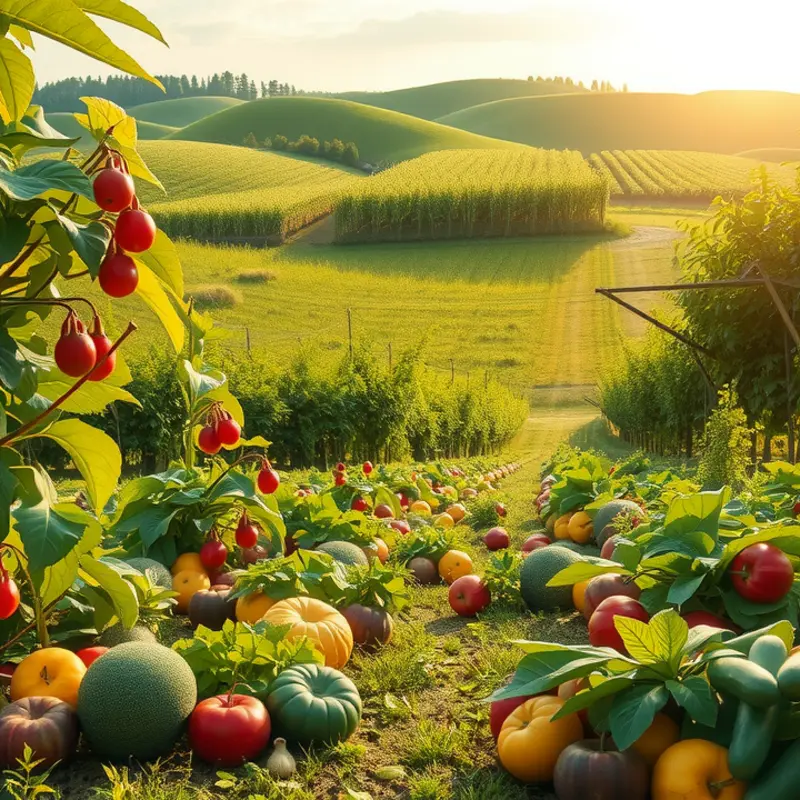
Incorporating seasonal eating into your daily routine can be both fulfilling and sustainable. Here’s how you can start making eco-friendly food choices by focusing on what’s in season.
Begin your journey by exploring local farmers’ markets. These markets are excellent places to find fresh, in-season produce and to connect directly with those who grow your food. Chat with the farmers to learn about the best times for their various produce. Additionally, let’s not overlook community-supported agriculture programs (CSAs). By subscribing to a CSA, you receive a share of a local farm’s produce periodically, which guarantees what’s in your box is fresh, local, and seasonal.
Online resources can also be quite helpful. Numerous websites provide seasonal produce guides tailored to different regions. These guides can help you familiarize yourself with which fruits and vegetables are at their peak during each month, ensuring you make informed choices when meal planning.
Speaking of meal planning, try to craft your meals around the seasonal ingredients available. For inspiration, you might find it helpful to check out minimal-prep dinner ideas to keep things simple and efficient. Learn to love the art of substitution and flexibility, which is particularly handy when certain ingredients are out of season.
Another key aspect is preserving seasonal flavors for out-of-season use. Canning, freezing, and drying are time-honored methods for making sure you can enjoy your favorite flavors year-round. For instance, freezing berries when they’re in season lets you enjoy delicious smoothies or pie fillings even in the depths of winter.
Adjusting your shopping habits can also make a significant impact. Make a conscious effort to visit aisles with fresh produce first. Let the colors and aromas of seasonal fruits and vegetables influence your shopping decisions. Challenge yourself to try a new seasonal ingredient each week to broaden your culinary horizons.
Finally, don’t forget about the importance of storing your produce properly to minimize waste. Learning some eco-smart kitchen storage techniques can help ensure that you preserve the freshness of your seasonal finds longer.
Empower yourself by embracing the unique tastes each season offers, while contributing to a more sustainable lifestyle through eco-friendly food choices.
Final words
Seasonal eating represents more than just a dietary choice; it signifies a commitment to sustainability and a healthier planet. By focusing on fresh, local produce that aligns with nature’s cycles, we can minimize our ecological footprint while enjoying a diverse and flavorful diet. The benefits are multi-faceted, extending from improved health outcomes to revitalizing local economies. Let each meal reflect a mindful choice towards environmental stewardship, paving the way for future generations to thrive. Together, we can cultivate a more sustainable world, one seasonal bite at a time.



